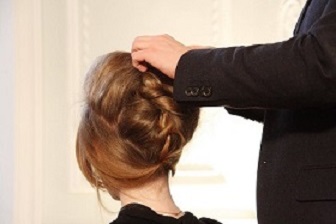
Courtesy of Pixaby.com
The new beautician at my mother’s retirement center has raised prices for a simple haircut. A clip that previously cost $17 now costs $20 for a woman and $15.00 for a man. Discrimination of that kind raises my hackles, but, of course, we women aren’t new to it.
Some might argue we bring discrimination upon ourselves for we think nothing of a dropping a wad of cash at the beauty parlor just to look as if we’ve stumbled out of bed. Or, have naturally purple tresses. Recently, I grumbled to one cosmetic counter clerk that the cost for hair products designed to make it seem as if I’d never put a comb to my head was too high. Unsympathetic, she shrugged and said if price was an issue, I should try another counter.
Naturally, I arched my eyebrows, staring back at her as if she’d insisted 2 plus 2 equals 5. Of course, price is an issue. Spending less on my hair means I can be more charitable to others. What’s more, I don’t suppose paying less on my hair means I’m less of a person.
I may be in the minority in that opinion. As Maggie Bullock writes in her article for Town&Country (9/2019, pgs. 91-92), stylish women will spend $350 a week just to have their hair fluffed. Others raise not a hair when they fork out $225 for a jar of Russian Amber Imperial Gold Mask to ward off frizz. One Saudi princess pays her beautician $10,000 for a palace call. (Ibid, pg. 91.)
Unmoved by these examples, I take a dim view of so much conspicuous consumption. If the princess wants a tousled look, let her spend the night in a homeless shelter and leave $10,000 behind. She’ll get her tousled look, and the glow from her good deed will leave her looking better than an hour spent under a dryer.
